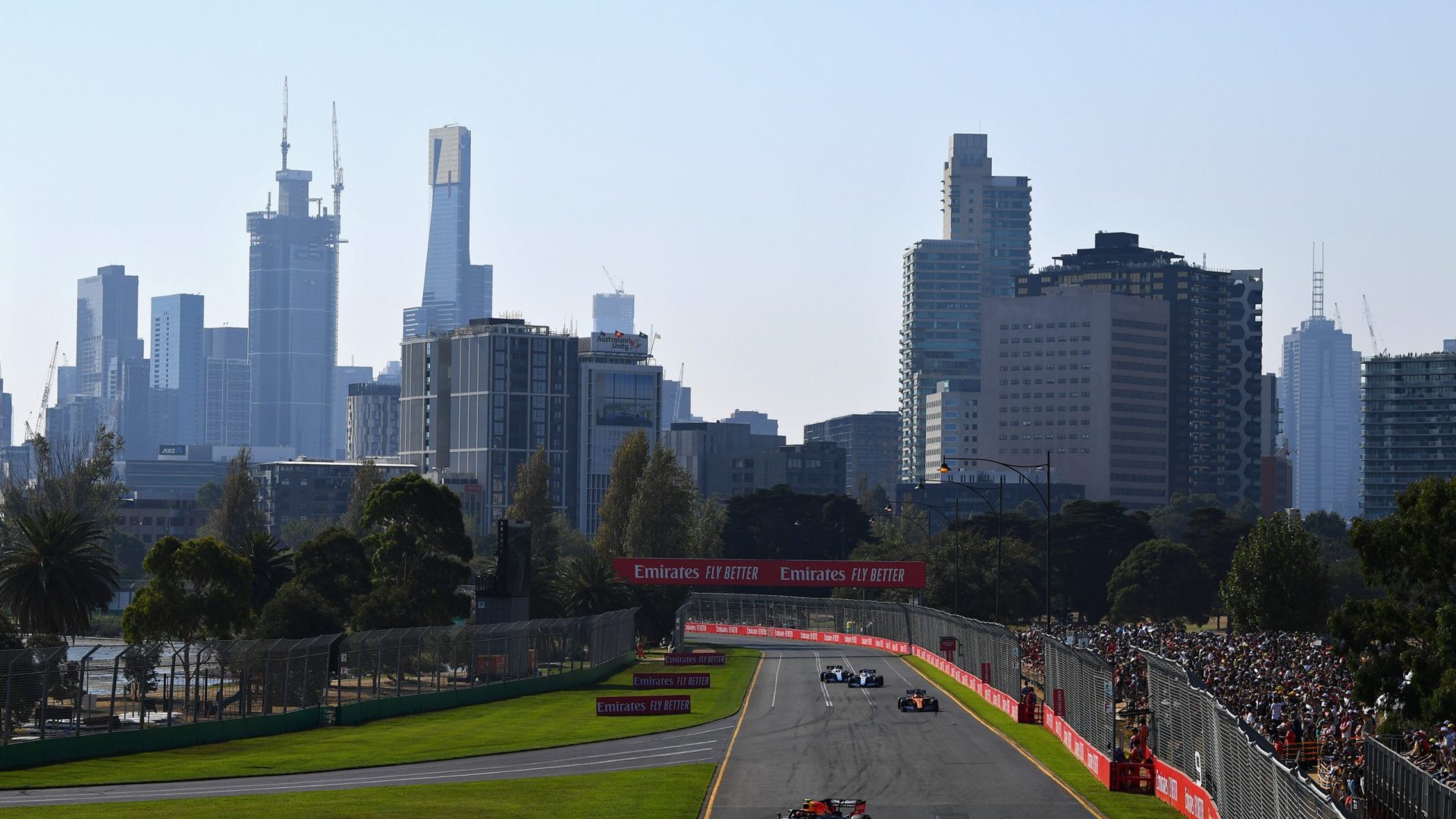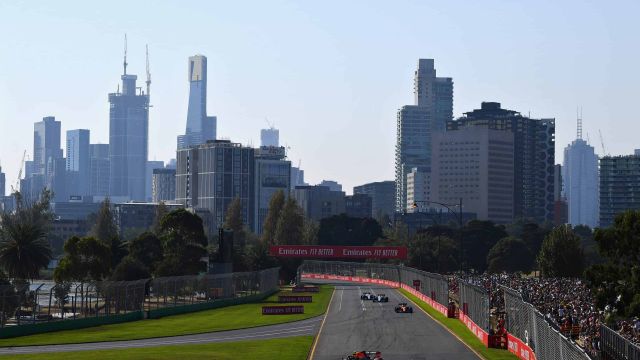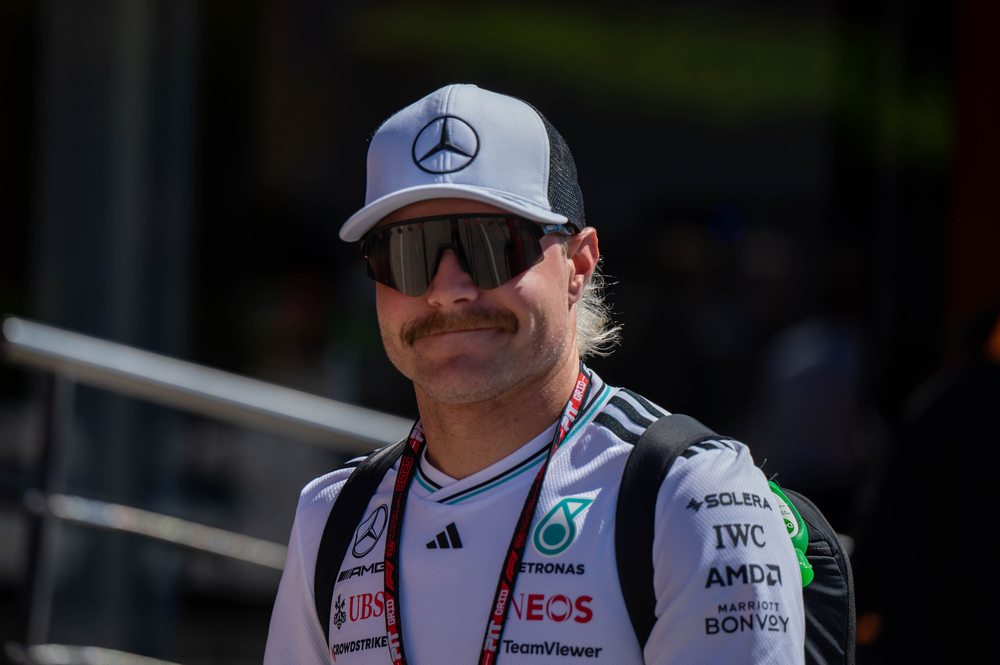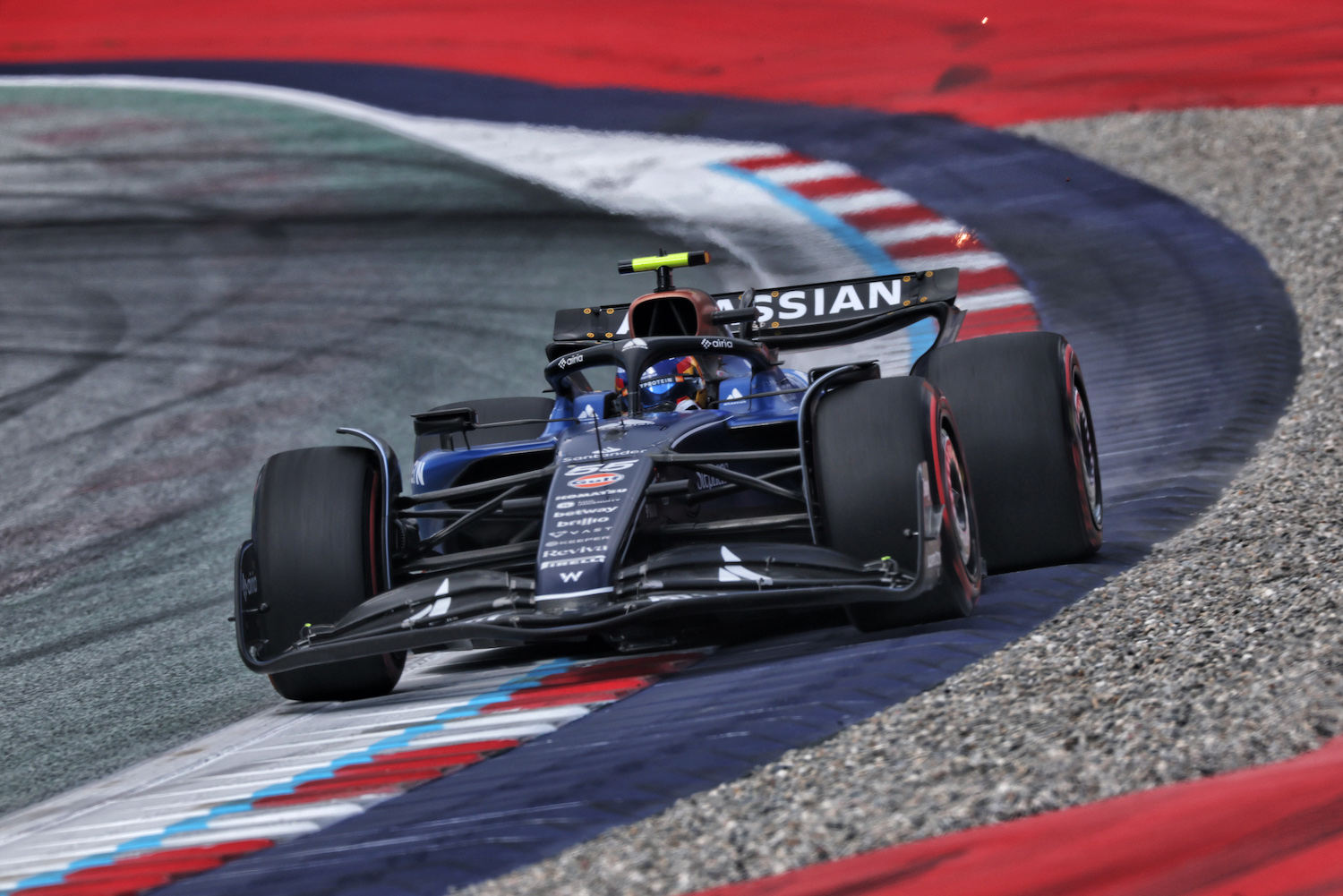The Formula for Mixing History with Liberty’s Modernity


Formula One was a welcome return to the bustling and diverse city of Melbourne, for yet another edition of the Australian Grand Prix which saw a farcical end with multiple red flags and eventually Max Verstappen declared winner ahead of Lewis Hamilton and Fernando Alonso.
Breaking last year’s record of 420,000 people, there was a staggering 444,631 in attendance across the four days at Albert Park and such an electric atmosphere, full of passion and intrigue even after what had unfolded during the race.
The vibe on Thursday morning alone felt like a Sunday, with a DJ blaring at the Melbourne Walk as early as 9am and being filled to the brim with eager fans awaiting the arrival of the drivers.
For sure this can be attributed to the increased popularity seen globally by the sport thanks to Netflix’s Drive to Survive. And led to the biggest attendance on a Thursday since 2014, with a total of 60,832 people present.
Though with that shift towards being an entertainment platform, the Australian Grand Prix is an important event in showcasing a combination of the modernity being pushed by Liberty Media and the traditions of racing history.
This year has seen the addition of the F2 and F3 feeder categories as well, as part of the landmark 10-year extension to the Grand Prix’s contract with Formula One. Further bolstering what is already quite the solid support lineup; with the likes of Supercars and Porsche Carrera Cup.
There is always great awareness and recognition of motorsport history in Australia on display too, from the busts of former world champions in Alan Jones and Sir Jack Brabham, to the various installations ensuring our place in the Formula One mythology is present.
It is that which helps the Australian Grand Prix differentiate itself from the much newer street races, such as Miami and Las Vegas – where the superfluous is key and the racing sometimes an afterthought.
Having plenty of on-track action keeps the rusted on racing fans with plenty to digest, whilst the fervent signature and selfie chasers can also bask in their own enjoyment. The only drawback there is the congested nature of moving around the park and queuing for amenities.
And yes, it is egregiously easy to put the gatekeeper’s vest on and blame the post-pandemic rise in crowds at Formula One events for this, but at the same time through gritted teeth whilst waiting an extra hour queuing for a tram away from the circuit on a cold and wet evening – this is mega for the local economy and in increasing Melbourne’s profile to the world again.
A limited supply versus the overwhelming demand for tickets as well has been an issue since Melbourne returned to the calendar in 2022. Long-time racegoers here, have been aggrieved by the frequent website crashes during sales and lack of priority for grandstand seat holders from the previous year.
There is also always the usual complaints from European audiences about the timings and how they either have to set their alarms early or stay up all night to watch any sessions. Can changing the Australian Grand Prix into a night race, as raised by Formula One CEO Stefano Domenicali to AGPC Chairman Paul Little remedy this? Perhaps, though the viability remains unfeasible.
With the horror of acclimatisation and jetlag still an issue, Mercedes driver and GPDA Chairman George Russell again iterated after his comments last year about the sustainability of the calendar and the travel to Australia that “it makes sense to be back-to-back with a Middle Eastern race.” Rather than just a standalone as it is currently.
But that doesn’t seem to deter the circus or fans who’ve seen what Melbourne has to offer, from making the arduous trip over and witnessing firsthand why this is one of the best events on such a bloated and street-circuit heavy calendar.
In an age where ‘destination city’ is Formula One’s selling point for new races, let it not be forgotten that Melbourne as an entire package in terms of on-track action, accessibility and atmosphere – trumps any of the other offerings that are also considered destination cities.





